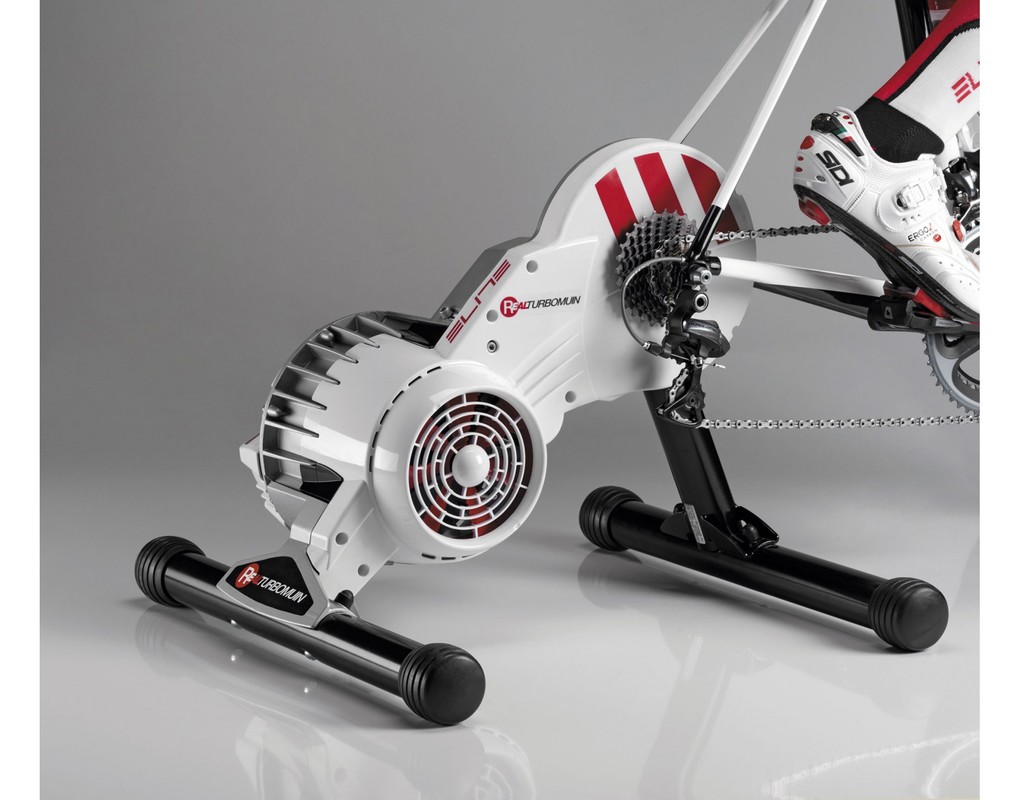It is no surprise that a large influence on an athlete’s performance is available time to train. However, in trying to jam as much training in as we can, sometimes with blunt force trauma, we are doing ourselves a disservice because simply focusing on the training volume risks creating a recovery deficit. It is better to train less, be a little undertrained and fresh, than to train more and be consistently fatigued.
Endurance athletes largely know that progress occurs during rest and recovery periods. However, raise your hand if you feel like you effectively put this into practice (hint: one recovery day a week probably is not enough). This is even more critical for those who are Masters athletes. It is really easy to not only train too much but also train too hard.
One aspect of recovery is, obviously pure days off as well as short, easy workouts. However, there is an even more critical aspect of the recovery process that I will guarantee the vast majority of endurance athletes fail to master – nutrition.
Resting is Key
As I just stated, improvement occurs during periods of proper recovery. Your fitness increases as your body adapts to the rigors of key workouts; that adaptation happens during recovery not when the hard work is being performed.
We are conditioned to “Just Do It!” and without pain there will be no gain. Endurance athletes are a motivated bunch! Unfortunately, it is this high level of motivation which easily leads to over-training, or at least improper recovery practices. Study after study proves that the biggest jump in fitness progress comes in moving from 3 days/week of training to 4 days. There is another, yet slight, uptick in moving from 4 days to 5 days. Moving from 5 days to 6 days results in an almost inconsequential fitness increase and there is no discernable increase at a full 7 days per week. For single sport athletes such as runners or cyclists, training 4-5 days a week really shouldn’t pose a challenge. It is the triathlete – the juggler of three sports – that faces the biggest challenge in working toward a balanced approach to training among the swim, bike and run. It is the multi-sport athlete who faces the biggest risk of training too much and recovering too little. And when fatigue overrides fitness, form never comes around and performance suffers.
The first step, is to allow yourself to put your ego up on the shelf. If you are constantly wrestling with yourself – the angel on one shoulder and the devil on the other – about should you or shouldn’t you take a day off or train easy, then here’s a bit of advice. Get over yourself. Until you do, you will never fully blossom in your performances. Learn to LOVE your days off and recovery workouts!
Different Recovery Strategies
There is active recovery and passive recovery. The latter is easy – it is when our bodies are at rest. It is no secret that we are a sleep-deprived society, yet getting more sleep is the biggest boost to recovery – and, thus, to your performance – that you can start doing. Even 30 minutes per day can really add up. And, on those nights when you know you can sleep in the following day, go to bed when you would as if you were getting up at 0-dark-30, but sleep in an extra 1-2 hours since you’re not going to the gym. Avoid the temptation to stay up even later. These two simple things will have a HUGE positive impact on your workouts and, thus, your performances come race day.
The reason sleep is so effective is that when we sleep, the body goes into “repair mode.” The more you sleep, the more repairing occurs. On the flip side, if you are sleep-deprived or if your days are filled with mental and emotional stress, then you are perpetuating fight-or-flight. Sleep will be fitful at best even when you’re dead tired, and your adrenals will be overstimulated. It’s like frying your computer’s circuit board.
Find a way to get more sleep and make your sleep more restful. I’m not talking about 9-10 hours a night. Get at least 7, and 8 would be stellar. You will feel so much better any night you make this happen! Also, remove electronics from your bedside table. Read to fall asleep rather than troll Facebook or watch TV. Transition from the rigors of the day to bed by spending 10-15 minutes passively stretching (this is a personal favorite). It’s all good.
Active recovery
There are many active recovery strategies, the most popular being things like stretching, foam rolling, and massage. Some things are easier and less costly to incorporate than others, and the jury is out on the actual effectiveness of some things. For example, there is a bit of ambivalence on whether foam rolling is anything but a practice of self-flagellation. In my opinion, daily stretching (for me, at night time) is great. I do feel different the next morning when I skip it for some reason. Massage is expensive, but helps for sure. My advice here is to get your massage on the day of a hard training session (after the training is completed, of course!). Massage creates malaise in the muscles, so give yourself that night and the next day’s full day of recovery plus another night of sleep to allow your body to flush out that malaise before your next key workout.
Next, learn to love your recovery days. Recovery days are defined as L1 in effort, with very relaxed movements and an absence of “pressing” the effort. If you find yourself pressing the effort, back it down. Keep your HR below 120-125bpm. More and more studies show that even doing nothing between hard intervals is just as effective as jogging or spinning lightly (think of sitting on the wall between hard swim intervals, like a set of 10-20 x 100). I’m convinced endurance athletes train too hard on their recovery days. I will challenge you here to dial it back a couple of notches and just focus on enjoying your ability to move easily. Set your HR monitor to beep at 125bpm, tune out the technology and just enjoy the flow of moving. This subtle but deliberate shift really opens up your ability to enjoy an easy workout. Try it!
Proper fueling during workouts and post-workout nutrition is also an active recovery strategy. I’m not suggesting you “eat clean” 100% of the time. I think using the 80/20 rule is both realistic and good enough. If you shoot to eat well 80% of the time, then the other 20% to eat “guilt free” is fine. For example, I enjoy a single beer or a couple fingers of Scotch every evening. I also enjoy a little bit of dessert every night, like several squares of dark chocolate or a cookie. Moderation wins the day. And, when I do decide to forego these indulgences as my season culminates in my key races, I’m in the mindset of maximizing performance “at all costs” and so do not feel like I’m giving anything up. So far, this approach has worked well for me. No need to be Spartan, but don’t be gluttonous, either.
That said, a good goal is to strive to eat as little processed food as possible. The simpler the ingredients list, the less processed that food is. And avoid too much sugar or too much sodium in any given food. Tune-in to whether you enjoy savory or sweet. I definitely trend toward sweet when given the choice.
Post-workout, think of your recovery in 3 phases and in this order:
- Water: rehydrate with plain water immediately after a hard or long workout. You cannot keep up with your sweat rate, so you’re already dehydrated to a degree. Your body is opened up and craving water, so give it what it wants. It will be assimilated quickly and be a great first step to recovery
- Sugary drink: Whether it is a bottle of your favorite sports drink or a Coke or some other soft drink, follow the big glass of cold water with a small bottle (or can) of the sugary drink. Chances are your muscle glycogen stores are low or completely tapped out. Ingesting some quick energy will help top off your carbohydrate stores more quickly. If a sugary drink is not your thing, then a banana or other fruit is a very solid option
- Real Meal: After the first two steps, take a shower and get cleaned up. Then, focus on the actual post-workout meal. Include a good source of protein; eggs are fantastic. Avoid too much protein, though. Protein takes a lot of water to process. If your mouth is dry sometime after this meal, you arguably took in too much protein. Plus, it will sit like a brick in your stomach.
In Closing
Recovery is not an exact science. On your recovery days, sometimes you’ll feel invincible and like you could skip it and train hard again. Don’t! Avoid the temptation. Other days, you complete your recovery workouts and the next day you feel even more lethargic and fatigued. That’s OK! The body is processing immediate, short-term and long-term fatigue at the same time because the training effect of our workout regimen is cumulative and not linear. If you understand this and accept it, then you will start to recognize the signs which point to “this is not my day today” and you will have the confidence to take a step back, adjust your expectations down for the day and afford yourself the rest your body is telling you it needs. Live to fight another day!
Follow this advice and you will get more out of your key training days and, ultimately, your racing.
Happy Training,
Coach Nate


 RSS Feed
RSS Feed